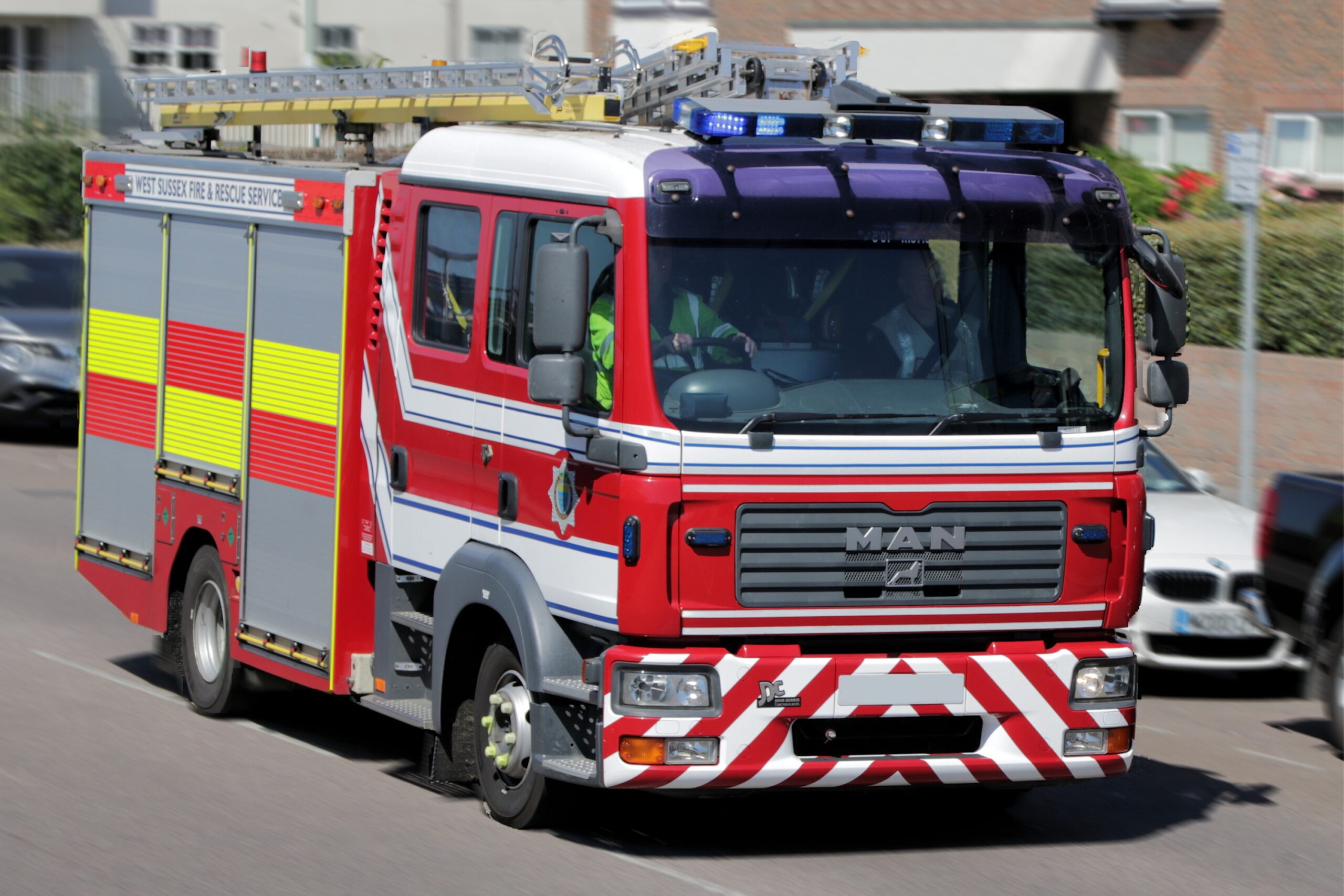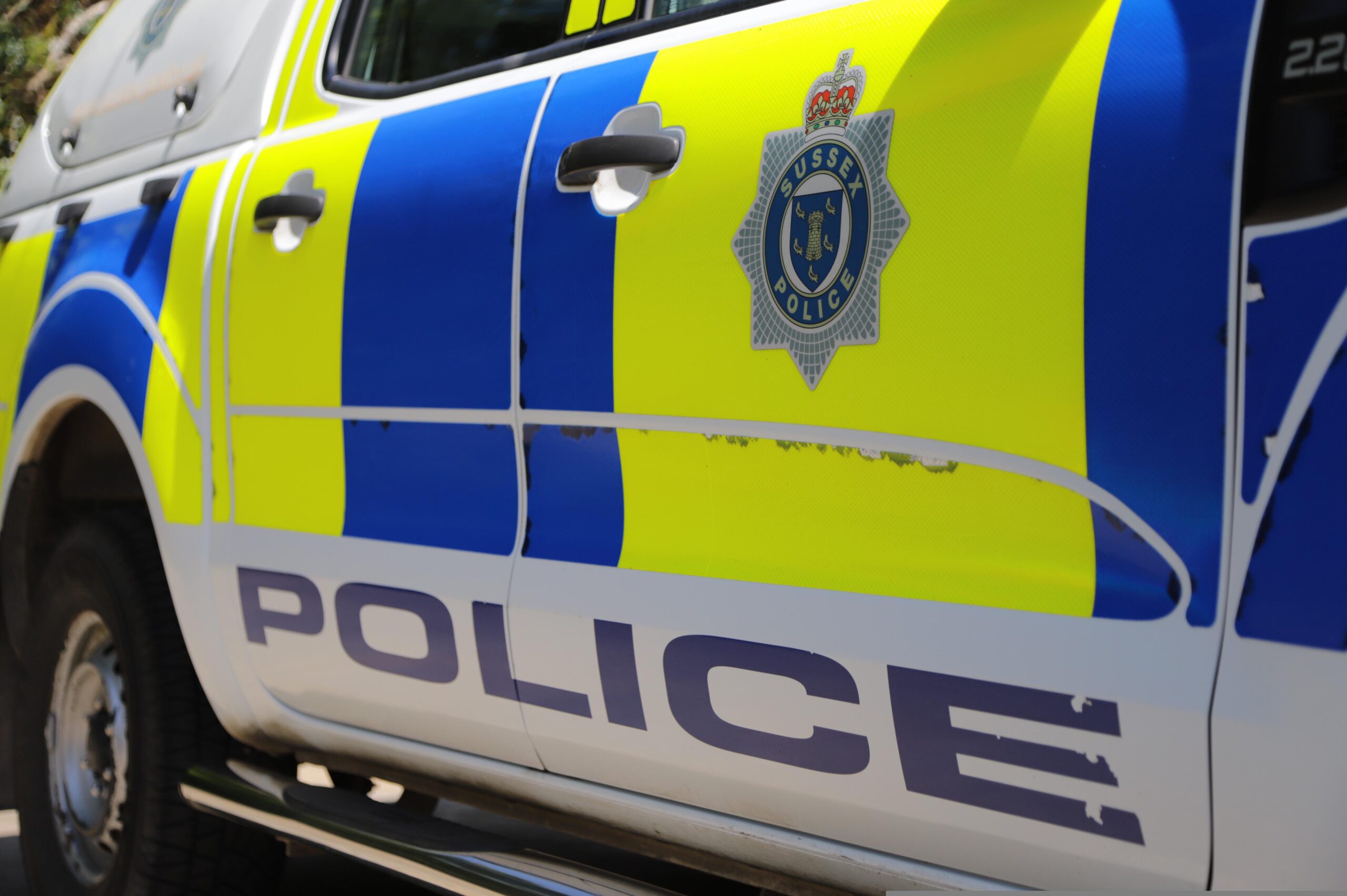Department has published a procurement notice inviting bids from potential providers of a new system that will ultimately be used by dispatchers operating from about 200 emergency service control rooms
The Home Office has opened bidding for a new dispatch system to be used by 200 emergency services control rooms across the country.
As part of the ongoing work to deliver the new nationwide Emergency Services Network infrastructure, the department has published a procurement notice seeking bids from potential providers of a new “MCX (mission critical communications) dispatcher and related services”.
The new dispatch system – which will be bought as a discrete platform, and then integrated into ESN over time as it is rolled out to replace the incumbent Airwave system – will ultimately be used to support control-room staff dispatching police, ambulance, and fire and rescue services to emergency callers.
“The [Home Office is] seeking to procure a standalone, MCX dispatcher product which allows a desk-based operator the ability to access and utilise the supervisory and control elements of the MCX services and capabilities of the Emergency Services Network via a graphical user interface,” the notice said. “The proposed solution will initially be used as a test tool by the [ESN] programme and is then intended to be deployed to most of the 200 existing emergency service control rooms – in limited numbers per control room – during the transition from Airwave to ESN. In addition, a number of the ‘non-emergency services ESN users’ have contributed to the consolidated requirements and will look at the feasibility of this product to provide their control room solution when migrating to the ESN.”
Related content
- MPs blast Home Office as being ‘disconnected from reality’ on Emergency Services Network
- HMRC extends Airwave device deal for criminal investigation units until 2027 to cover ESN delays
- Emergency Services Network: Home Office claims majority of technical groundwork ‘to start mass transition’ has been done
The chosen provider of the new dispatch system will be appointed to a four-year deal, expected to be worth £10.6m, plus VAT – equating to a total of £12.7m. Bids for the contract are open until 3pm on 3 June.
The Home Office first began the process of engaging with potential suppliers of an MCX system three years ago. Since then, the ESN project – also known as the Emergency Services Mobile Communication Programme – has continued to beset by delays, cost increases, disputes with major suppliers, and various other difficulties.
The department is currently drawing up a new business case for the troubled programme, including revised estimates for cost and delivery. The most recent projections included in government data indicated that, in the best case scenario, the process of replacing of Airwave with ESN will be completed at least a decade later than the originally intended date of 2019, and at a cost of £12bn – double the initial projection.




